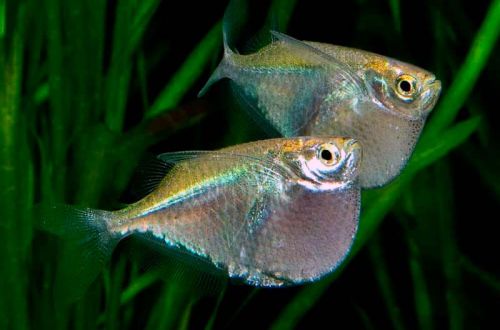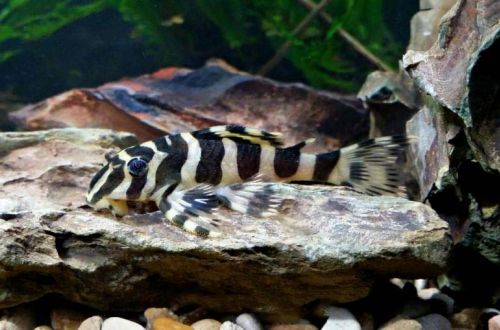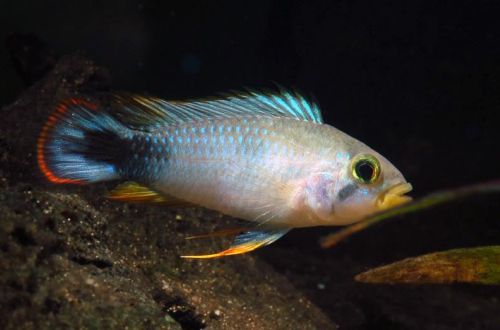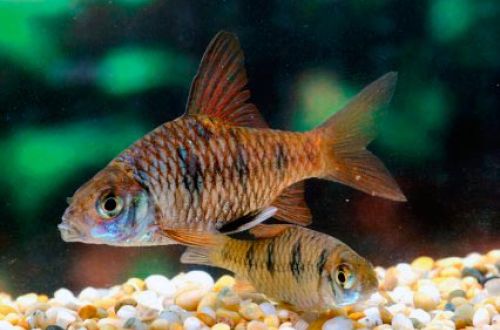
Cuneiform platinum
The platinum wedge belly, scientific name Thoracocharax securis, belongs to the Gasteropelecidae family (Clinopelecidae). The fish is native to South America. The natural habitat extends over the vast expanses of the Amazon basin. It is more common in floodplain lakes, swamps than in the main riverbeds.

Description
Adult individuals reach a length of up to 7 cm. The body shape is typical for hatchet fish – a large thoracic region in the form of a keel. The fins are large, especially the pectoral, resembling wings.
The color is silvery or greyish. The body pattern consists of a dark stripe running along the lateral line from head to tail, and a black border on the underside of the body.
Behavior and Compatibility
A gregarious species, they prefer to be in groups of 5 or more individuals. Peaceful, will not disturb the rest of the neighbors in the aquarium. They are defenseless against the attacks of aggressive and large fish, so you should not combine them in one tank.
Brief information:
- The volume of the aquarium – from 150 liters.
- Temperature – 23-30°C
- Value pH — 6.0–7.5
- Water hardness – 5–15 dKH
- Substrate type – any
- Lighting – moderate or bright
- Brackish water – no
- Water movement is weak
- The size of the fish is up to 7 cm.
- Food – any food floating on the surface
- Temperament – peaceful active fish
- Content in a group of 5 individuals
Maintenance and care, arrangement of the aquarium
Platinum wedge-bellies live exclusively near the surface of the water and need a large swimming space. When choosing an aquarium, attention should be paid to the surface area rather than the height of the tank. The optimal volume for a group of 5 fish is 150 liters. They can jump out of the water – the presence of a cover is required.
Formatting is not essential. When decorating, especially when using live plants, excessive overgrowth of the water surface should not be allowed.
Successful long-term management largely depends on the aquarist’s ability to maintain a stable hydrochemical composition of the water. Keeping the filtration system running smoothly and regular (weekly) maintenance of the aquarium, in particular removing organic waste and replacing part of the water with fresh water with as close pH and dGH values as possible, is of key importance.
Food
An omnivorous species, it will accept various foods intended for aquarium fish. Feeds exclusively near the surface. Floating foods are preferred.





